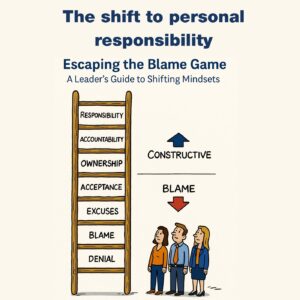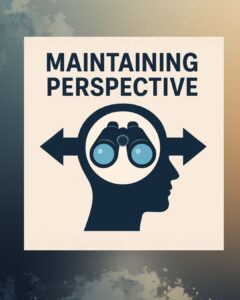Employee Engagement Culture – How to Build Purpose-Driven Values
Creating a great organisational culture should be an energising, collaborative experience. After all, it’s something everyone wants—even your most jaded or cynical team members. Think about it: do you know anyone who wouldn’t want to be part of a great culture?
The truth is, greatness isn’t achieved by imposing a culture on people. In fact, this can lead to mediocre results. That’s because it unintentionally communicates that the current culture is “bad” and needs to be replaced, which sparks defensiveness. Imagine how you’d feel if someone told you, “Your culture needs to become something else.” It’s not exactly inspiring.
Start with Purpose, Not Culture
One of the most effective culture engagement strategies is to focus on purpose first. Instead of starting conversations about “fixing culture,” talk about why the company exists and what it aims to achieve—beyond targets, KPIs, or financial goals. Explore how the organisation contributes to making the world better, easier, or more enjoyable for customers and communities.
This approach naturally boosts employee engagement culture because people want to contribute to meaningful work. Deloitte’s Global Human Capital Trends report reinforces this, showing that employees seek purpose, meaning, and career fulfilment—not just a paycheck.
Encourage leaders to align their teams, departments, or sites by discussing why they exist in the context of delivering on the company’s purpose. Slight variations in how teams articulate this are fine—alignment matters more than identical wording.
Involving Employees in Culture
Once purpose is clear, you can introduce the culture conversation. But now, the discussion becomes, “What culture do we need to deliver our purpose?” rather than, “Our culture needs to change.” This reframing is critical for building shared workplace values and fostering employee participation in culture change.
Keep it simple—try to define the target culture in one or two words. This makes it easy to remember and talk about. Avoid overloading people with lengthy value lists and complex definitions. The aim is to spark dialogue, not hand down a static rulebook.
Culture Buy-In Tips
Use simplicity to spark ownership – One word or theme is more likely to stick.
Make it a two-way conversation – Invite input from all levels, not just leadership.
Embed it in daily actions – Discuss how values influence decisions, behaviours, and customer interactions.
Celebrate progress – Recognise moments when the culture shows up in action.
Culture Communication Strategies
For culture to thrive, it must live in ongoing conversations—not posters on a wall. Leaders should engage their teams regularly about what the agreed culture means for their work and how it helps achieve purpose. When communication flows openly and consistently, culture buy-in becomes natural.
Final Thought
A company with a clear purpose, leaders who involve employees in shaping culture, and a simple, shared set of values is more than just a workplace—it’s a community. By shifting the focus from “fixing culture” to “living purpose,” you’ll create an environment where engagement, ownership, and collaboration flourish.





